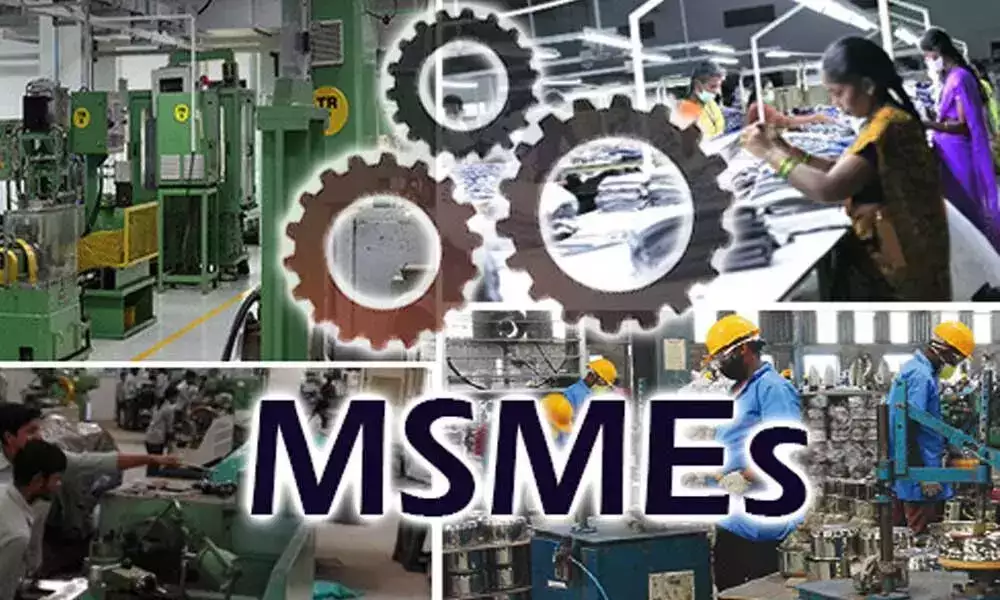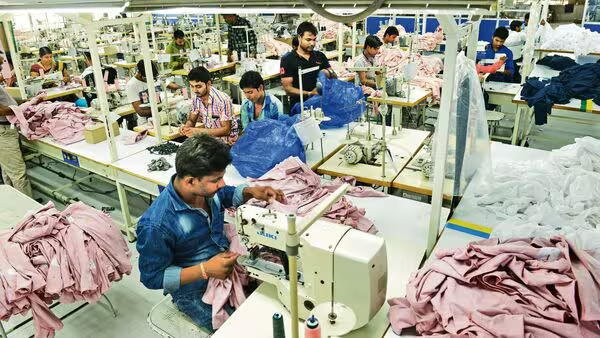Share

The size of MSMEs matters in understanding their level of productivity relative to large enterprises in emerging economies including India. This means that micro enterprises trail large companies, by a greater margin in comparison to small and medium-size enterprises. The report noted that narrowing this productivity gap could be equal to an average of 10% of GDP in emerging economies. Even as MSMEs play a significant role in economies across the world, they lack in productivity with only around half as productive as large companies, said McKinsey Global Institute in its latest report on spotting business opportunities for MSMEs to boost their productivity. While the productivity performance differs across countries and sectors, the MSME productivity gap — the distance between productivity (value added per worker, $ thousand purchasing power parity) of MSMEs and large companies — in India is a hefty 74% as MSMEs in the country are just 26% as productive as large companies, the report noted. The gap is wider in other emerging economies as well, such as 94% in Kenya, 75% in Indonesia, 53% in Mexico, etc., in comparison to advanced economies such as the UK with only 16% MSME productivity gap, Japan and Australia with 48%, Germany with 39%, Italy with 45%, etc. Importantly, the size of MSMEs matters in understanding their level of productivity, relative to large enterprises in emerging economies, including India. This means that micro enterprises trail large companies by a greater margin in comparison to small and medium-size enterprises. The report noted that narrowing this productivity gap could be equal to an average of 10% of GDP in emerging economies. In India, reducing this gap is equivalent to 11% of the country’s GDP.
Importantly, the sectors that churn out the highest economic value in India from narrowing productivity gaps are manufacturing, ICT and professional services. To fill the gap with potential business opportunities, the report called for looking at different sub-sectors as MSME productivity ratios vary across sectors, but the spread is even wider at the subsector level. For instance, in almost all countries eight sizable subsectors under manufacturing accounted for over 60% of the value from narrowing productivity gaps. While in advanced economies, this ranges between five and 11 subsectors, in emerging economies, the opportunity is more concentrated in four to eight subsectors, the report noted. Moreover, the report suggested going beyond conventional policies focused on MSMEs, such as facilitating access to credit for MSMEs and encouraging training for MSME employees. Further, strengthening networks and interactions between large and small businesses can help improve productivity gains in areas, where large firms outperform their peers but smaller one’s lag behind. Also, stakeholders should focus on economic domains to make MSMEs more productive. Improving technology access, building management skills, opening access to new markets, helping build digital and R&D capabilities can also help MSMEs with better productivity, the report added.
Related Posts
SEARCH SMECONNECT-DESK
RECENT POST
- New norm on e-invoices will hit SMEs
- India’s Electronics Manufacturing Gets a Boost with ₹23,000 Crores PLI Scheme
- ‘India has failed in manufacturing’: Expert urges Centre, State Govts. to do this to boost production
- MSME loan threshold under digital footprint model hiked to Rs.10 crores
- SME BUSINESS FORUM MEETING




